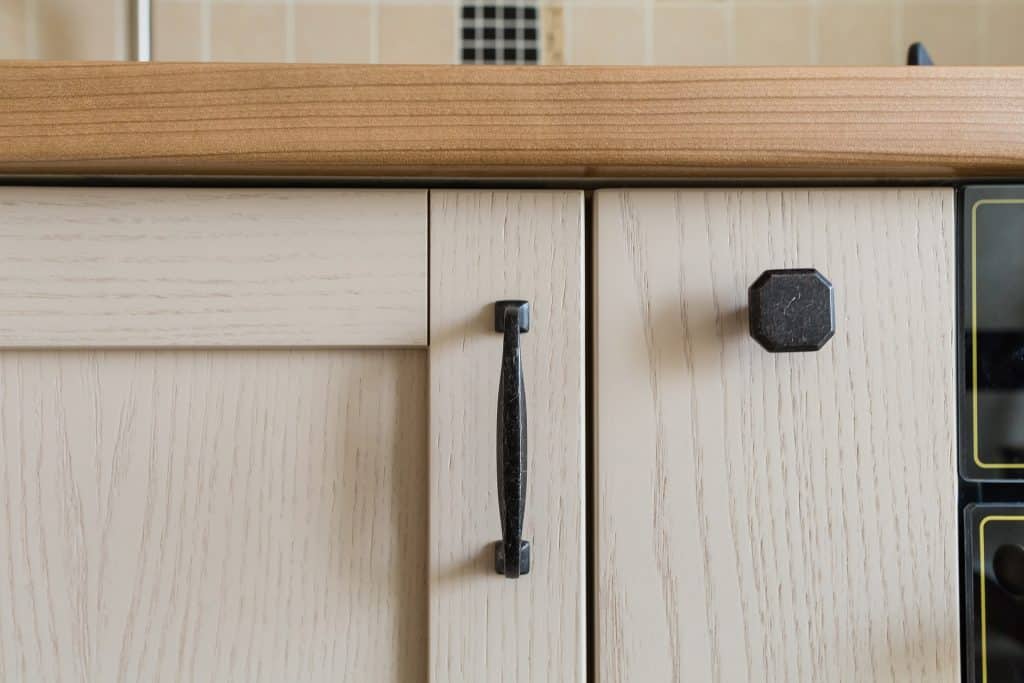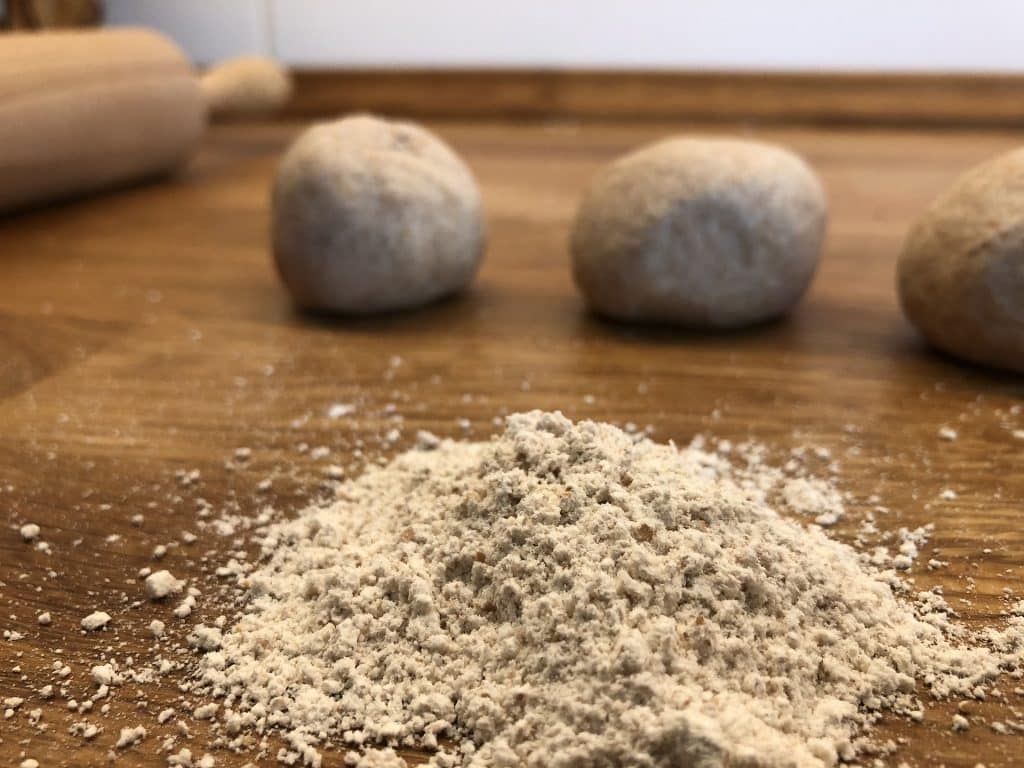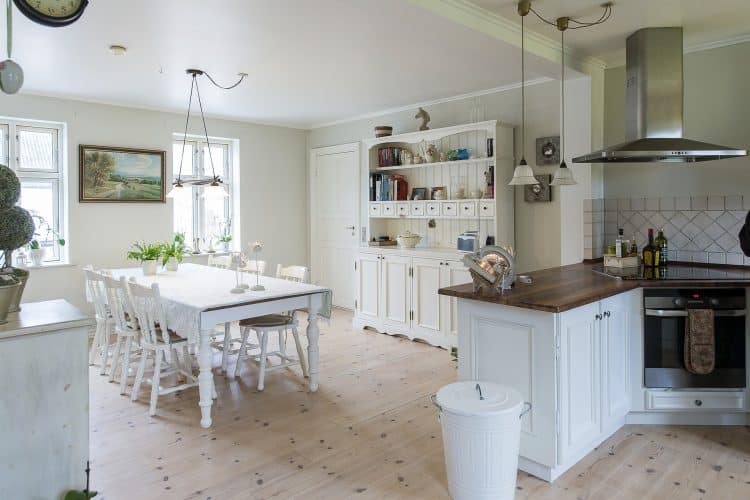Timber has long been known as an extremely versatile option for just about any decorating style. Industry experts find it as the perfect material to mix with almost any type of decoration, especially with its timeless allure that simply can’t be replicated.

Why Choose Timber For Your Timber Benchtop?
Wood is at once beautiful and practical, allowing it to be used in virtually any situation, from flooring to worktops. The natural resistance to decay that comes from working in the wood also makes it an excellent choice for a worktop that will be exposed to a variety of liquids and foods. This natural resistance to damage makes wood the ideal material for a hot kitchen working top.
What’s The Best Timber For A Benchtop?
As with all timber, the best timbers are those that are kiln dried for the maximum stability. This ensures that the colours will not fade and will not be affected by direct sunlight either, which is particularly important for a hot area that is exposed to direct sunlight. For example, a timber benchtop in a sun-sensitive area like the kitchen should be treated with a resin to prevent fading when in direct sunlight. Some colours will also be better protected by being varnished with specially treated timber.
Other Things You Should Know
Ever heard of ‘excess’? What does it mean? Excess refers to any visible marks or chips in timber benchtops that are generally acceptable to the naked eye. In fact, some of the smallest scratches and chips are often left un-chipped, as they would be too small to see once they’ve been sanded and polished. If these small blemishes are left untreated, they can progress into unsightly stains over time.

How dark should your timber benchtop be? Ideally, a dark stain would add a warm, rich tone to timber kitchen benchtops. Darker shades will also reflect light more beautifully than lighter colours, resulting in a timber benchtop that looks more aesthetically pleasing. You should also consider adding some natural oils to your benchtop to soften edges and give it some added warmth. This is especially useful if your benchtop will be used often in the kitchen or if you have children that may put their hands on it often. Once you have considered the different ways in which light and heat can affect your timber benchtop, you can then consider how dark and warm you want the finish to be.
Finally, you need to consider exactly what you’re willing to spend on your timber benchtop. If you’re willing to spend a few hundred dollars, you’ll get excellent quality materials that will last you a long time. On the other hand, if you’re not as flush with cash, you may still be able to find a less expensive porcelain benchtop that will still look great in your home. It’s all about your budget and how much you’re prepared to pay. If you choose one of the cheaper materials, be prepared for it to break down, as they won’t last as long.

